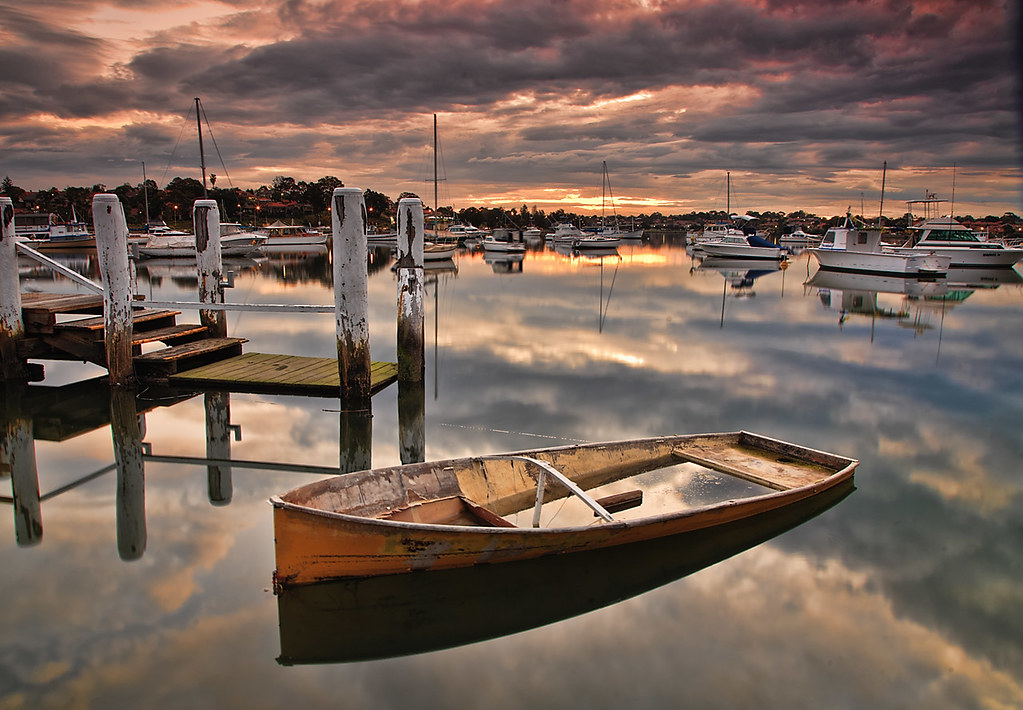Keep in mind aperture is expressed as a ratio (focal length/hole in the lens). So if a lens has a focal length of 50mm and the hole is 25mm in diameter then the aperture is expressed as f2.
If the hole is reduced to approx 12mm the the aperture will be ~ f4 (50/12). If the hole is reduced to 2mm then the aperture will be ~f25
Just an expansion on Steve's statement (post #21):
A smaller aperture (numerically larger f number) then the depth of field will be greater, not shallower.
You may find this Depth of field calculator gives you an idea (there is more into depth of field than just aperture).
http://www.dofmaster.com/dofjs.html
--------------------------
In the real world when shooting I tend to think like this:
What is the important things for the shot I want to take?
#1 No unwanted camera movement.
#2 No unwanted subject movewent
#3 Do I want to isolate the subject by use of shallow DOF (there are other ways of isolating the subject)?
#4 Minimum noise in the image (this means shooting at the lowest native ISO)
Sometimes light/subject/gear will not allow you to achieve optimum settings then you need to compromise (for me that means having more noise is better than having an image ruined by camera motion)
What shooting mode I using will depend on what is most important to me.
For motor sport it will be in shutter priority (I do not want to freeze motion - I may as well be shooting parked cars) as I want to have blurred wheels at the minimum.
I will be shooting at around 1/250-1/320 (unless panning), it may be slower in some cases depending on the velocity of the racing cars
Around f8-f11 (on a DSLR will give me a reasonable DOF )so I will set my ISO to give me that.
Shooting at such realtively slow shutter means some sort of support when hand holding long lenses (which is pretty normal) . I normally use a monopod (never ever a triopd).
Example #1
1/320 give me blurred wheels + rain streaks and f9 give me a reasonable DOF even when shooting @320mm
 Laurie Burton 1969 TVR Tuscan
Laurie Burton 1969 TVR Tuscan by
dicktay2000, on Flickr
With wildlife you can go a few different ways.
#1 Isolate the subject by using shallow DOF (this means I will be shooting aperture priority with the lens wide open or fairly wide open) and the ISO set (not necessarily minimum) to give me a minimum shutter speed so that camera shake or subject movement is not a problem - if the shutter speed gets shorter than that is not really a problem as it gives me some leeway if ths subject starts to move.
Example #2
1/1250 @ f6.3 (nearly wide open) and ISO 400 (that camera is ok at ISO 400) and F=400mm
 In a local duckpond.
In a local duckpond. by
dicktay2000, on Flickr
If the birds decide to take off then the shutter speed may freeze a lot of the motion.
#2 Or you may want to shoot wildlife in a scene as in this case where I wanted a bit of DOF. Probably in shutter priority (it was a while ago)
Example #3
1/250 @ f16 and ISO 400, F=70mm
 Taking a break
Taking a break by
dicktay2000, on Flickr
For landscapes try shooting around F11 to give you fair a bit of DOF especially when using wider angle lenses.
Example #4 with a wide angle lens
6 seconds @ f11 at ISO 100 and F24mm (on a full fame camera)
I was on a tripod (with a remote release) and using a ND grad filter to control the sky. Manual exposure.
 Sunken boat at sunset.
Sunken boat at sunset. by
dicktay2000, on Flickr
Sometimes when just walking around city streets etc, with a 'standard zoom" etc, just set your aperture to f8 and you will have enough working depth of field for a lot of street grabs. Just make sure your ISO is hig enough so your shutter speed is fast enough to stop unwanted subject and camera motion (even if a subject is in the shade). You may have heard a saying "f8 and be there".

 Laurie Burton 1969 TVR Tuscan
Laurie Burton 1969 TVR Tuscan In a local duckpond.
In a local duckpond. Taking a break
Taking a break Sunken boat at sunset.
Sunken boat at sunset.